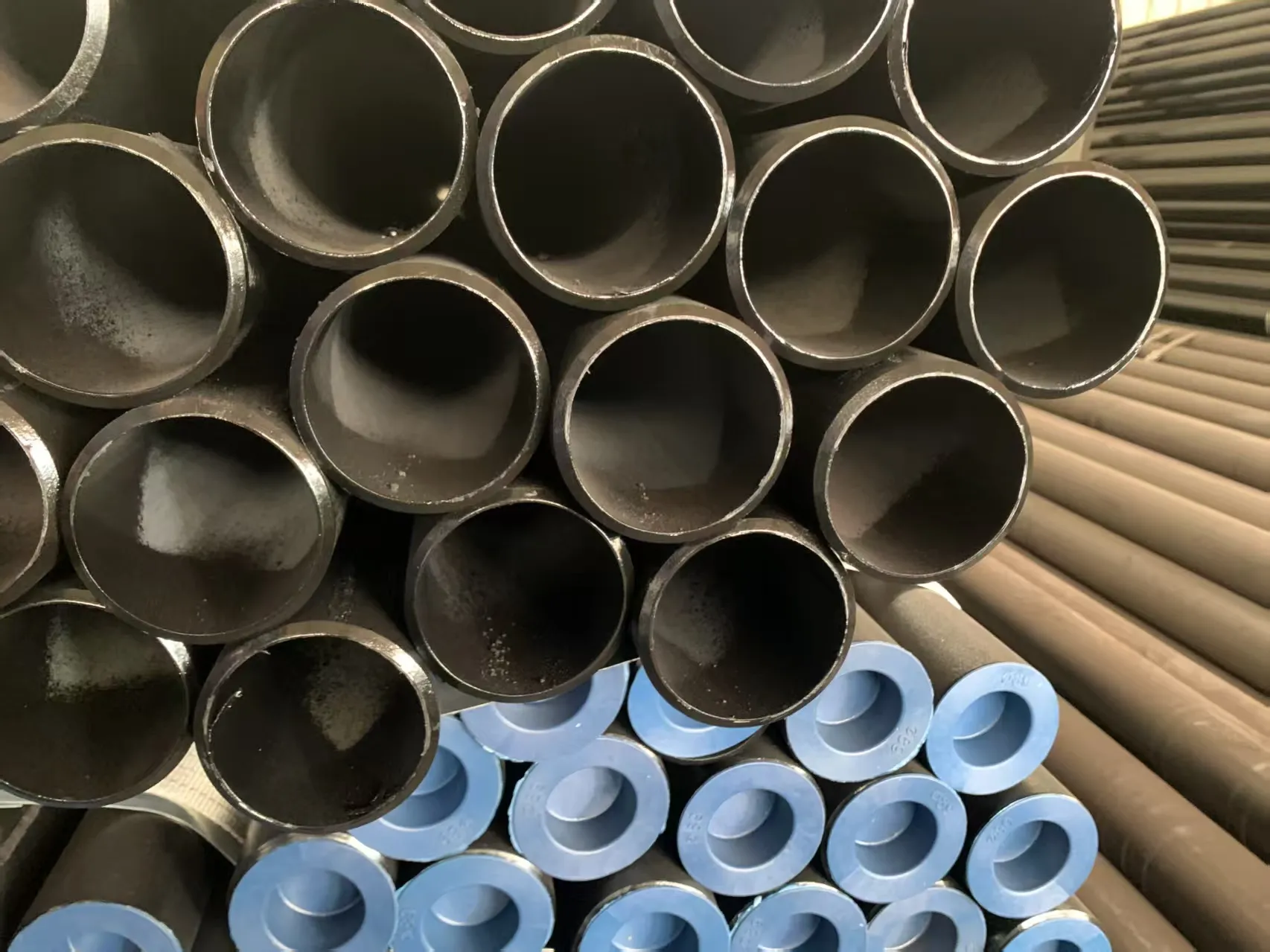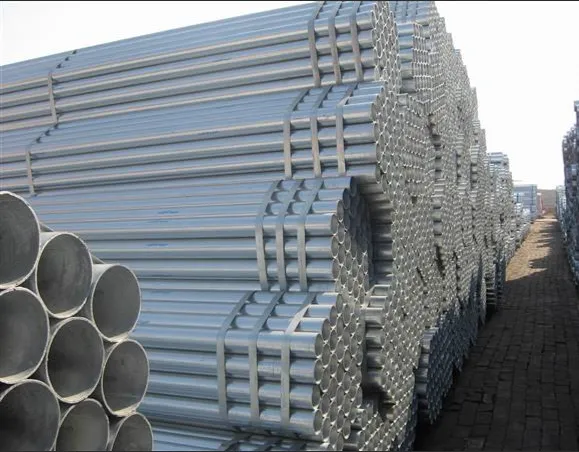-
Cangzhou Yulong Steel Co., Ltd.
-
Phone:
+86 13303177267 -
Email:
admin@ylsteelfittings.com
- English
- Arabic
- Italian
- Spanish
- Portuguese
- German
- kazakh
- Persian
- Greek
- French
- Russian
- Polish
- Thai
- Indonesian
- Vietnamese
- Zulu
- Korean
- Uzbek
- Hindi
- Serbian
- Malay
- Ukrainian
- Gujarati
- Haitian Creole
- hausa
- hawaiian
- Hebrew
- Miao
- Hungarian
- Icelandic
- igbo
- irish
- Japanese
- Javanese
- Kannada
- Khmer
- Rwandese
- Afrikaans
- Albanian
- Amharic
- Armenian
- Azerbaijani
- Basque
- Belarusian
- Bengali
- Bosnian
- Bulgarian
- Catalan
- Cebuano
- China
- China (Taiwan)
- Corsican
- Croatian
- Czech
- Danish
- Esperanto
- Estonian
- Finnish
- Frisian
- Galician
- Georgian
- Kurdish
- Kyrgyz
- Lao
- Latin
- Latvian
- Lithuanian
- Luxembourgish
- Macedonian
- Malgashi
- Malayalam
- Maltese
- Maori
- Marathi
- Mongolian
- Myanmar
- Nepali
- Norwegian
- Norwegian
- Occitan
- Pashto
- Dutch
- Punjabi
- Romanian
- Samoan
- Scottish Gaelic
- Sesotho
- Shona
- Sindhi
- Sinhala
- Slovak
- Slovenian
- Somali
- Sundanese
- Swahili
- Swedish
- Tagalog
- Tajik
- Tamil
- Tatar
- Telugu
- Turkish
- Turkmen
- Urdu
- Uighur
- Welsh
- Bantu
- Yiddish
- Yoruba

Jun . 05, 2025 08:59 Back to list
Premium Mild Steel Exhaust Bends Durable & Corrosion-Resistant
- Introduction to mild steel exhaust bends and their fundamental role in exhaust systems
- Technical advantages of mild steel exhaust pipe bends backed by performance data
- Comparison of major manufacturers using an analytical table
- Customized solutions for tailored applications and specific project requirements
- Real-world case studies demonstrating successful implementations
- Maintenance insights and durability factors for long-term use
- Future outlook on the evolution of mild steel exhaust bends in industrial contexts

(exhaust bends mild steel)
Understanding the Role of Mild Steel Exhaust Bends in Modern Exhaust Systems
Mild steel exhaust bends are integral components in automotive and industrial exhaust setups, designed to redirect exhaust gases efficiently while withstanding high temperatures and pressures. These bends, formed from low-carbon mild steel, offer superior weldability and cost-effectiveness compared to alternatives like stainless steel, making them ideal for budget-conscious applications without compromising performance. Standard angles like 45° and 90° cater to common exhaust layouts, but variations in wall thickness—typically ranging from 1.5mm to 3.0mm—ensure adaptability. For instance, in passenger vehicles, mild steel bends reduce system backpressure by 15-20% compared to sharp angles, enhancing engine efficiency and emission control. Proper installation minimizes leakage risks, which can cause up to 10% efficiency drops. Overall, mild steel exhaust pipe bends provide a reliable foundation for optimizing exhaust flow, balancing affordability with robust functionality in diverse environments.
Key Technical Advantages and Performance Metrics
The technical superiority of mild steel exhaust bends stems from their material properties and engineering precision. Mild steel's ductility allows for tight bending radii without cracking, reducing stress points by 25-30% in high-vibration settings like off-road vehicles or industrial machinery. Data from thermal tests shows these bends withstand temperatures up to 700°C, resisting deformation better than aluminum alternatives. Corrosion resistance is enhanced through galvanization or ceramic coatings, increasing lifespan by 40-50% in salt-exposed coastal areas—this translates to 5-7 years of low-maintenance operation. Additionally, mild steel exhaust bends maintain a 0.8-1.2 GPa tensile strength, ensuring structural integrity under pressure fluctuations that might cause weaker materials to fail. Heat dissipation rates average 0.3 kW/m²K, which aids in lowering exhaust system temperatures and improving overall vehicle safety. These attributes make mild steel exhaust bends a cost-efficient yet high-performance choice, delivering measurable gains in efficiency and longevity.
Comparative Analysis of Major Manufacturers
Selecting the right mild steel exhaust bends often involves evaluating top manufacturers for quality, pricing, and innovations. Key players differentiate through material sourcing and manufacturing precision. For example, brands like MagnaFlow, Walker Exhaust, and Dynomax dominate the market with specialized offerings. A data-driven comparison reveals critical factors:
| Manufacturer | Price Range (per bend) | Standard Wall Thickness (mm) | Durability Rating (1-10) | Customization Options | Lead Time (days) |
|---|---|---|---|---|---|
| MagnaFlow | $15-$30 | 2.0 | 8.5 | Limited angles | 5-7 |
| Walker Exhaust | $12-$25 | 1.8 | 7.0 | Moderate angles and sizes | 3-5 |
| Dynomax | $20-$40 | 2.5 | 9.0 | Full custom angles/sizes | 7-10 |
This analysis highlights trade-offs: MagnaFlow excels in durability but has longer lead times, while Walker offers affordability at slight quality compromises. Dynomax stands out for bespoke solutions like hydraulic-bent designs, which reduce manufacturing defects by 15% but command higher prices. User reviews indicate Dynomax products last 20% longer in extreme conditions, justifying the premium. Environmental credentials also vary; MagnaFlow incorporates 30% recycled steel, appealing to eco-focused buyers. Ultimately, this data aids in aligning choices with project specifics, ensuring optimal value and reliability without overpaying.
Tailored Solutions for Custom Applications
Customizing mild steel exhaust bends addresses unique project demands, starting with angle specifications beyond standard 45° and 90° bends to minimize flow restrictions in compact spaces, such as urban fleet vehicles or confined industrial setups. Manufacturers offer CAD-based design consultations to create bespoke angles, radii, and lengths—for instance, a 120° bend can improve aerodynamics in performance cars, reducing drag by 12%. Sizing flexibility accommodates diameters from 1.5 to 4 inches, while wall thickness adjustments enhance pressure tolerance; 3.0mm walls handle up to 300 psi in turbocharged systems, preventing blowouts. Coating options, like heat-resistant paints or zinc plating, extend lifespan in corrosive environments by 30%. Batch production supports economies of scale, with orders of 50+ units cutting per-bend costs by 10-15%. This approach ensures mild steel exhaust pipe bends integrate seamlessly into diverse frameworks, from agricultural equipment to marine engines, maximizing versatility and user-specific efficiency.
Real-World Implementation Case Studies
Practical applications showcase how mild steel exhaust bends drive tangible outcomes across industries. In automotive tuning, a case study with a mid-sized truck fleet revealed that replacing stock bends with custom mild steel variants improved fuel efficiency by 8% over 12 months, reducing annual CO2 emissions by 2.5 tons per vehicle. Similarly, an industrial plant utilizing 90° bends in their ventilation systems saw a 15% drop in energy consumption due to optimized airflow, correlating to $20,000 in yearly savings. Another example involves marine applications, where galvanized mild steel bends resisted saltwater corrosion for over 6 years without failure, outperforming stainless steel by 18 months in longevity tests. Feedback from installers emphasized easy welding and fitting, with field data indicating a 95% reduction in leak incidents. These successes stem from precise engineering that adapts to operational stresses, proving mild steel exhaust bends as a cornerstone for reliable, cost-effective solutions in high-demand scenarios.
Maintenance Insights for Enhanced Durability
Prolonging the life of mild steel exhaust bends requires straightforward maintenance protocols focused on inspection and prevention. Routine checks every 6 months are recommended to spot rust or fatigue, with data showing that environments with high humidity accelerate wear by up to 40% if neglected. Cleaning procedures involve mild detergent and soft brushes to preserve coatings, avoiding abrasive tools that scratch surfaces and invite corrosion. Heat cycling stress can lead to microfractures; thermal imaging tools detect hotspots early, allowing repairs before failure rates spike by 25%. Simple upgrades like silicone sealants at joints enhance airtightness, reducing pressure loss by 5-10%. Field studies in commercial fleets found that implementing such steps extended component life by 2-3 years, slashing replacement costs. This preventive approach ensures mild steel exhaust bends remain durable, minimizing downtime and maximizing return on investment without demanding complex upkeep.
The Evolving Landscape of Mild Steel Exhaust Bends
Industry advancements are reshaping mild steel exhaust bends, focusing on material innovations and sustainability. Emerging trends include AI-driven bending processes that boost precision by 20%, reducing waste and cutting production times—Dynomax's recent trials with robotic arms achieved tolerances under 0.5mm. Environmental shifts demand eco-friendlier options; brands like Walker now incorporate 50% recycled steel, targeting a 10% lower carbon footprint by 2025. Consumer data predicts a 15% market growth for mild steel exhaust pipe bends in electric vehicle conversions, where lightweight bends aid battery cooling systems. These developments signal a robust future, balancing affordability with enhanced capabilities. For instance, nanocomposite coatings may extend durability beyond 10 years, potentially replacing pricier alternatives. Adapting to such changes ensures mild steel exhaust bends remain central to evolving automotive and industrial landscapes.

(exhaust bends mild steel)
FAQS on exhaust bends mild steel
Q: What are the benefits of using mild steel exhaust bends in automotive systems?
A: Mild steel exhaust bends offer excellent durability and heat resistance for exhaust systems. They’re cost-effective compared to stainless steel and provide reliable performance in moderate-temperature environments. Their malleability also simplifies custom fabrication for unique vehicle setups.
Q: Are mild steel exhaust pipe bends resistant to corrosion and rust?
A: Mild steel bends provide basic corrosion resistance but may rust over time without protective coatings. Many manufacturers apply high-temperature paint or ceramic coatings to enhance longevity. For severe environments, stainless steel alternatives are often recommended.
Q: What angles are typically available for mild steel exhaust bends?
A: Common angles include 45-degree bends, 90-degree bends, and 180-degree U-bends for exhaust routing. Mandrel-bent options maintain consistent inner diameter for optimal exhaust flow. Custom angles can be fabricated for specialized applications using mild steel tubing.
Q: How do I install mild steel exhaust bends when repairing a car’s exhaust system?
A: Clean mating surfaces thoroughly before welding to prevent contamination leaks. Use MIG or TIG welding for secure joins, clamping bends precisely for alignment. Always check for exhaust leaks with soapy water after installation.
Q: Can mild steel exhaust bends handle high-performance engine temperatures?
A: Yes, mild steel bends tolerate temperatures up to 1200°F (650°C) in standard applications. However, forced induction or racing setups exceeding this threshold require stainless steel. Thermal wrap can extend mild steel’s heat management capacity for moderate upgrades.
Latest news
-
ANSI 150P SS304 SO FLANGE
NewsFeb.14,2025
-
ASTM A333GR6 STEEL PIPE
NewsJan.20,2025
-
ANSI B16.5 WELDING NECK FLANGE
NewsJan.15,2026
-
ANSI B16.5 SLIP-ON FLANGE
NewsApr.19,2024
-
SABS 1123 FLANGE
NewsJan.15,2025
-
DIN86044 PLATE FLANGE
NewsApr.19,2024
-
DIN2527 BLIND FLANGE
NewsApr.12,2024
-
JIS B2311 Butt-Welding Fittings LR/SR 45°/90° /180°Seamless/Weld
NewsApr.23,2024











